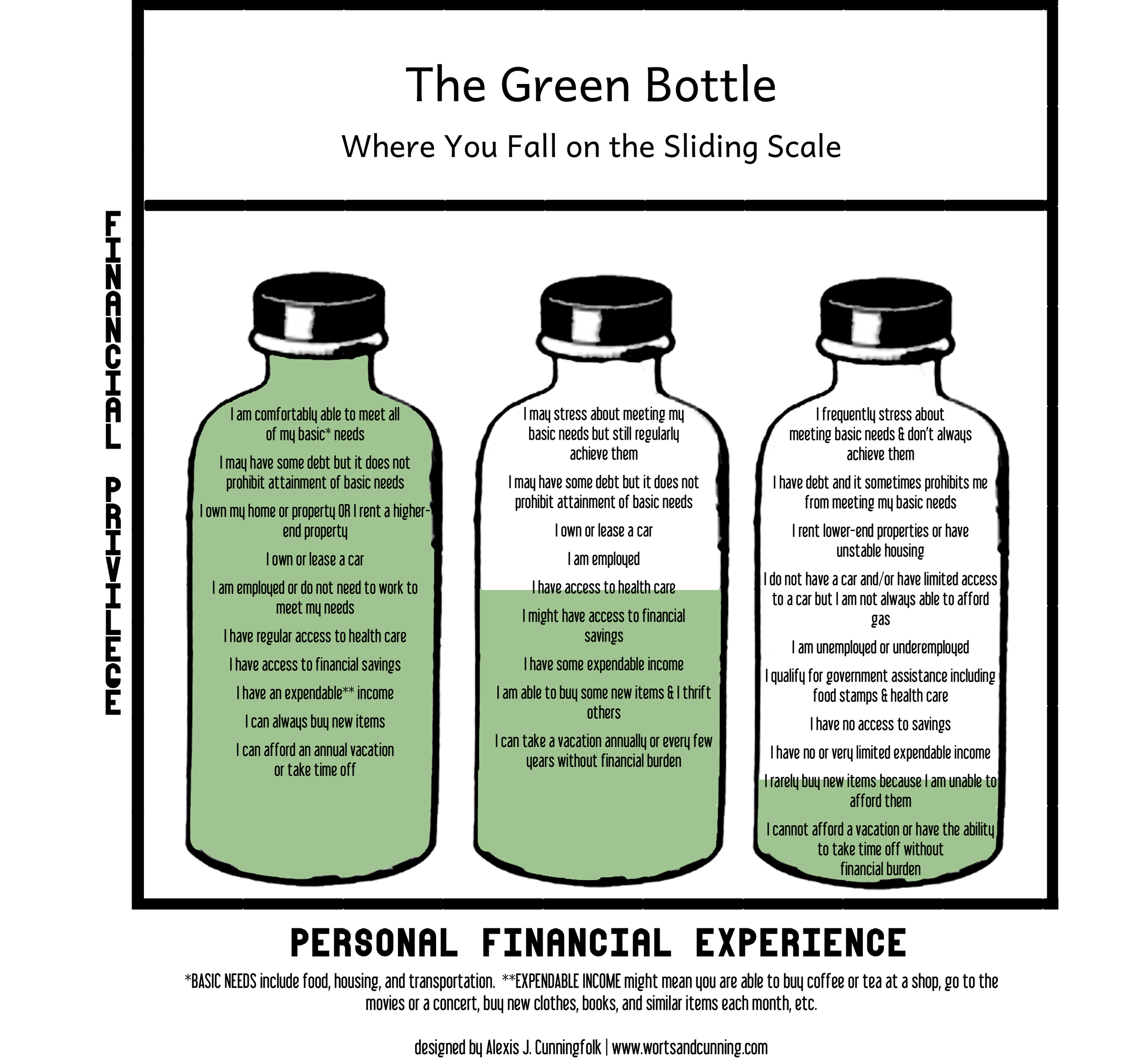Sliding scale
A sliding scale is a system where the cost of something is determined by the financial ability the purchaser. In my teaching studio, this means that I have slots reserved for students who are unable to afford the actual cost of a lesson. Students paying the ‘full’ amount allow me the financial flexibility to offer lower-cost lessons so please be honest about what you’re able to afford, but I will never ask for proof if you tell me you need a lower tier.
